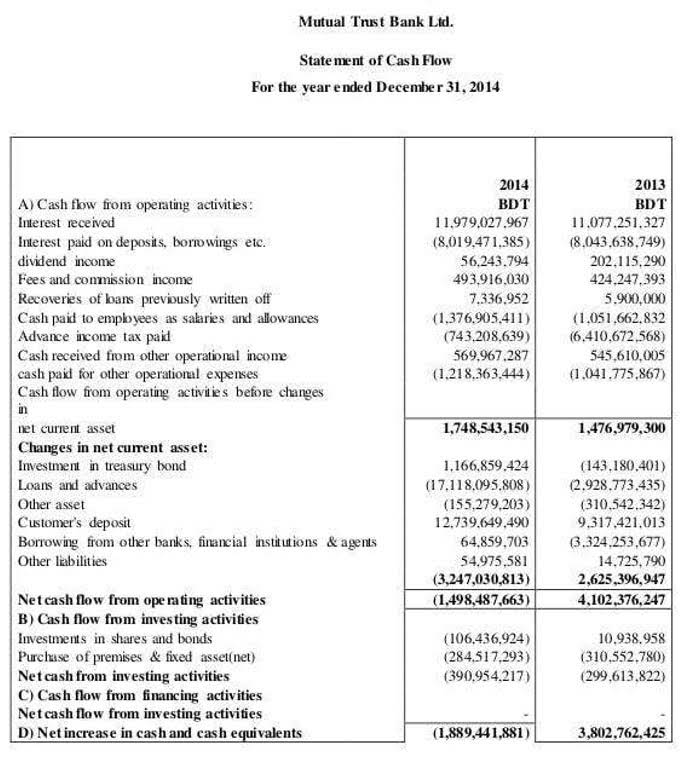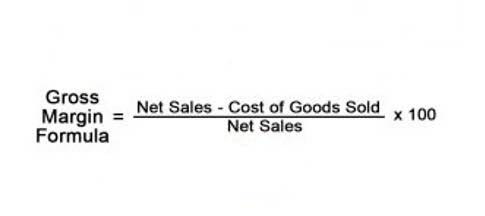Content

This income statement shows that the company brought in a total of $4.358 billion through sales, and it cost approximately $2.738 billion to achieve those sales, for a gross profit of $1.619 billion. Horizontal analysis makes financial data and reporting consistent per generally accepted accounting principles (GAAP). It improves the review of a company’s consistency over time, as well as its growth compared to competitors.

For a company manufacturing a product, or for a wholesaler, distributor, or retailer involved in the business of selling that product, the revenue from primary activities refers to revenue achieved from the sale of the product. Similarly, for a company (or its franchisees) in the business of offering services, revenue from primary activities refers to the revenue or fees earned in exchange for offering those services. This segment of the balance sheet includes return of equity (ROE), calculated by dividing net income by shareholder’s equity. ROE measures management’s effectiveness in employing and driving returns based on equity. In simple terms, owner’s or shareholder’s equity is equal to the total assets attributable to owners or shareholders in the event of the company’s liquidation, after paying all debts or liabilities.
How to create the right type of income statement
When a business owner makes an income statement for internal use only, they’ll sometimes refer to it as a “profit and loss statement” (or P&L). FreshBooks provides free template income statements that are pre-formatted for your needs. All you need to do is fill in the empty fields with the numbers you’ve calculated. It is useful to include in either form of presentation as many aggregated line items and subtotals as necessary to most clearly convey to the reader the financial performance of the reporting entity.
Financial institutions or lenders demand the income statement of a company before they release any loan or credit to the business. Income statements also provide a good source of analysis for investors that are willing to invest in the business. It helps managers and business owners point out which company expenses are growing at an unexpected rate and which of these expenses need to be cut down in the future.
How to create the profit and loss statement template?
Income statements are generally used to serve as a reporting metric for various stakeholders. Operating expenses are the expenses the company incurs through its normal day-to-day operations. Direct costs can include parts, labor, materials, and other expenses directly related to production. It is also referred to as the cost of sales if the company is offering services. Sign up for Shopify’s free trial to access all of the tools and services you need to start, run, and grow your business. Balance sheets help answer the question “How much is this business worth?
- All you need to do is fill in the empty fields with the numbers you’ve calculated.
- The first section, titled Revenue, indicates that Microsoft’s gross (annual) profit, or gross margin, for the fiscal year ending June 30, 2021, was $115.86 billion.
- A customer may take goods/services from a company on Sept. 28, which will lead to the revenue accounted for in September.
- You could also change the date range to evaluate a specific month, quarter, year or another period of time.
You can use QuickBooks Online to generate income statements and other key financial reports (allowing you to focus on growing your business). You can also download our free income statement template to streamline the process. For many small businesses, financial statements are needed to apply for credit or to provide financial information to a potential lender. A consistent history of income and profitability can help move those processes along.
Should the balance sheet and income statement match?
Common size income statements include an additional column of data summarizing each line item as a percentage of your total revenue. These two reports feature different line items, meaning the end number and the data being gathered are not identical. It shows the company’s revenues and expenses during a particular period, which can be selected according to the company’s needs.
- On the other hand, interest expense is the money companies paid in interest for money they borrow.
- A condensed presentation likely only has one line item for revenue, one line item for the cost of goods sold, and one more for operating expenses.
- This article takes a look at the income statement, a financial report that details the money your practice earns, the expenses it incurs and the resulting profit or loss over a period of time.
- After deducting all the above expenses, we finally arrive at the first subtotal on the income statement, Operating Income (also known as EBIT or Earnings Before Interest and Taxes).
- It is also referred to as the cost of sales if the company is offering services.
10 Property Management Bookkeeping Basicss are important for assessing a company’s financial performance. Businesses can manage revenue and expenses in the financial plan and budget with variance analysis. Companies use Income statement projections to model and set financial goals.
What are the differences between a balance sheet and income statement?
https://adprun.net/accounting-for-startups-the-ultimate-startup/s can also be used to make decisions about inorganic or organic growth, company strategies, and analyst consensus. An income statement should be used in conjunction with the other two financial statements. Operating expenses totaling $37,000 were then deducted from the gross profit to arrive at the second level of profitability – operating profit which amounted to $6,000. EBT, also referred to as pre-tax income, measures a company’s profitability before income taxes are accounted for. This is the profit before any non-operating income and non-operating expenses are taken into account.
- These are expenses that go toward supporting a company’s operations for a given period – for example, salaries of administrative personnel and costs of researching new products.
- Some income statements show interest income and interest expense separately.
- This income statement shows that the company brought in a total of $4.358 billion through sales, and it cost approximately $2.738 billion to achieve those sales, for a gross profit of $1.619 billion.
- In simple terms, owner’s or shareholder’s equity is equal to the total assets attributable to owners or shareholders in the event of the company’s liquidation, after paying all debts or liabilities.
- Shareholder’s equity also includes retained earnings – the portion of the net income that hasn’t been distributed to shareholders as dividends – to be used for funding further growth and expansion of the business.
- Creditors may find income statements of limited use, as they are more concerned about a company’s future cash flows than its past profitability.
- COGS only involves direct expenses like raw materials, labor and shipping costs.
This can be easily done with accounting software, like QuickBooks Online. A balance report provides all of the end balances required to create your income statement. Using information on the income statement, companies can use earnings per share (EPS) to measure profitability. Earnings per share can be calculated by dividing the company’s profits by shares of common stock.